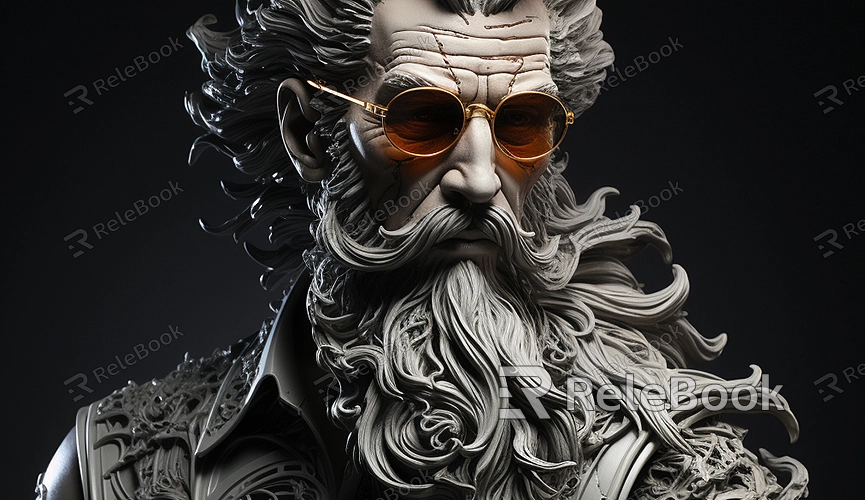Blender export image texture
Blender is a powerful 3D modeling software, and its image texture export feature allows users to enhance models with rich details and realism. This functionality enables the addition of various textures to the surface of models, making them appear more realistic and tactile. In Blender, image textures typically refer to bitmap images applied to the surface of 3D models. By exporting image textures, these can be applied to models in other 3D design software. Below, we'll demonstrate the powerful capabilities of exporting image textures in Blender through several specific cases.

Case One: Natural Wood Grain in Interior Design
Imagine creating an indoor scene with wooden furniture. Blender's image texture export feature enables you to capture the natural texture of wood, showcasing the warmth and authenticity of each piece of furniture. The exported texture beautifully replicates unique patterns, adding a touch of realism to the overall design.
Case Two: Realistic Weathered Stone Texture in Architectural Visualization
In architectural visualization requiring weathered stone surfaces, Blender's image texture export is a game-changing technology. It captures subtle details of every weathering trace, ensuring that the stone texture appears authentic, carrying a sense of history through the ages.
Case Three: Realistic Facial Features in Character Modeling
In character modeling, achieving realistic facial features is crucial. Blender's image texture export allows artists to capture intricate details such as pores, freckles, and subtle color variations. This enhances the realism of characters, making them more attractive.
Case Four: Vivid Graffiti Art on Urban Structures
Injecting vibrant street art into urban scenes, Blender's image texture export helps transfer lively graffiti textures onto building surfaces. Each stroke and color choice is faithfully replicated, infusing urban landscapes with a native and expressive atmosphere.
Case Five: Environmentally Realistic Vegetation Texture
Creating a realistic natural environment involves fine details of vegetation. Through Blender's image texture export, artists can capture the rich textures of leaves and branches, making scenes like forests or gardens more vivid.
Case Six: Futuristic Metallic Surfaces in Sci-Fi Scenes
In sci-fi scenes, achieving futuristic metallic surfaces is crucial. Blender's image texture export allows the creation of smooth, reflective metallic textures, enhancing the overall high-tech aesthetic with fine details.
Case Seven: Enchanting Water Surface Reflections in Waterfront Scenes
For scenes involving water bodies, Blender's image texture export can replicate enchanting water surface reflections. The exported texture captures changes in light and shadows on the water surface, making lakes, rivers, or oceans more lifelike.
Case Eight: Real Fabric Textures in Clothing Design
In the field of clothing design, Blender's image texture export is essential for replicating real fabric textures. Whether it's the softness of cotton, the sheen of silk, or the roughness of denim, exported textures exhibit tactile qualities, enhancing the overall visual appeal of clothing models.
Blender's image texture export feature empowers creators to go beyond the confines of digital design, providing versatile tools for capturing and replicating real textures in the virtual realm. In the world of 3D modeling and rendering, textures are a key factor in constructing a scene's tactile feel and visual authenticity. If you need a plethora of high-quality 3D textures and HDRI, consider downloading from Relebook and directly importing textures into your models for immediate use.

